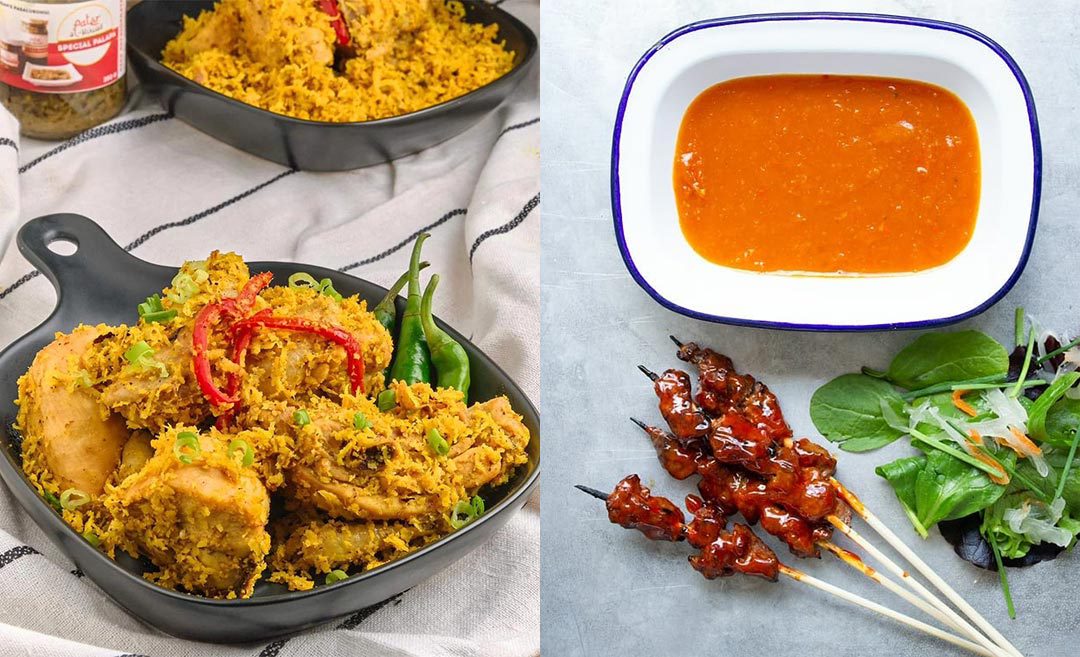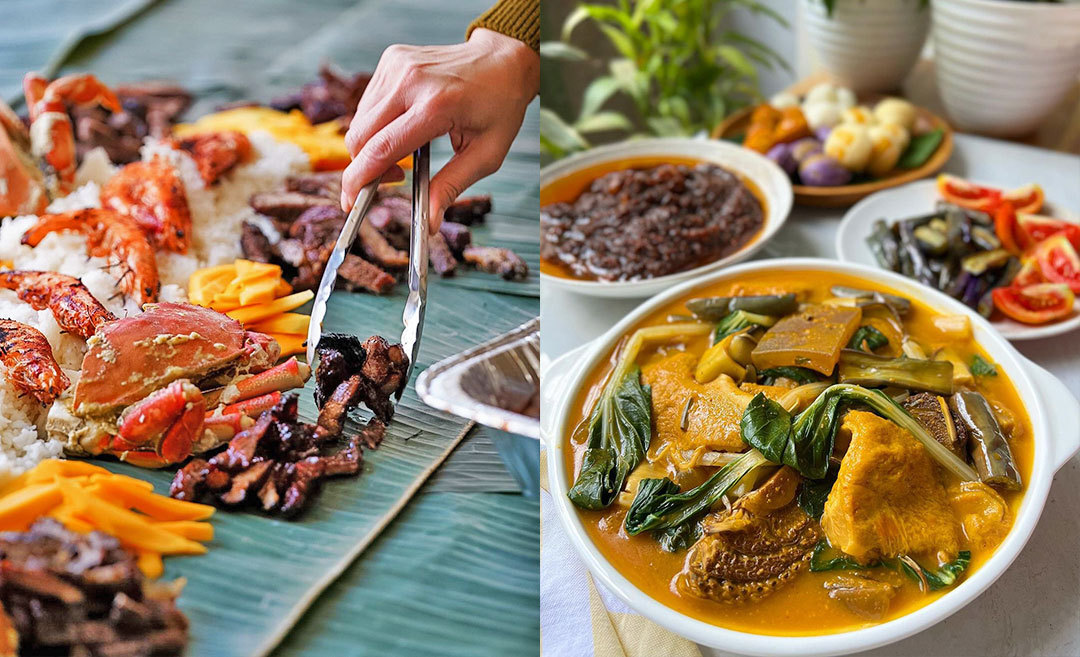Eid al-Fitr, the occasion that marks the end of the holy month of Ramadan, is celebrated with much joy worldwide. In the Philippines, Muslims – largely from Mindanao, Palawan, and the Sulu Archipelago – also welcome the blessed season with festive feasts for friends and family.
During Eid, you’ll come across lesser-known dishes featuring ingredients and time-honoured techniques highlighting Filipino Muslims’ rich culinary heritage.
Tiyula itum
Tiyula itum, or black soup, is a favourite in the kitchens of the Tausug people of the Sulu Archipelago. Chunks of beef or goat are marinated with ginger, turmeric, shallots, and charred coconut meat, which lends the dish a toasty, nutty flavour and ebony hue. The mixture, stewed with beef broth, water, bird’s eye chillies, and lemongrass, results in a fragrant dish of succulent beef bursting with bold flavours.
Beef kulma
Yet another Tausug offering, this Eid must-have is often described as a cross between Indian beef curry and kare-kare—one of the Philippines’ most-loved stews. Beef chunks are cooked in an earthy peanut-based kare-kare broth with tomatoes, curry leaves, chillies, curry powder, lemongrass, garlic, and coconut milk for a rich, creamy consistency.
Satti de Zamboanga
This dish of barbecued skewered beef or chicken – one of the top satay styles in Southeast Asia – is a feature of the Eid spread in Zamboanga. Satti de Zamboanga is usually doused with a sweet, spicy gravy made from tomatoes, ginger, garlic, turmeric, shrimp paste, and chillies boiled with coconut milk.
The addition of annatto seeds imbues the sauce with its fiery colour and peppery flavour. It is usually enjoyed with puso, a steamed rice cake encased in a neatly woven pouch of palm leaves.
Pastil
This parcel of white and glutinous rice wrapped in banana leaves is traditionally topped with kagikit or shredded meat sautéed in soya sauce, black pepper and chillies. It’s common to find versions that use yellow rice made with turmeric or even ones topped with fish or beef rendang, a regional Eid staple. This Maguindanao dish usually has sides like pickled cucumber, sautéed eggplant, and fried eggs.
Piaparan a manok
This Maranao speciality consists of chicken cooked in a broth of coconut milk, turmeric, and palapa, a paste of spring onion bulbs, ginger, and chillies. The cooked chicken is removed from the broth and topped with grated coconut sautéed with a host of aromatics and palapa, making for an aromatic dish popping with flavour and texture.
Lokot-lokot
This sweet treat – a must-have in Mindanao – is a crispy, wafer-thin, cylindrical delicacy made from a simple batter of rice flour, water, and sugar. The batter is poured into hot oil using a mould called uluyan – traditionally, a coconut shell with holes – to create intricate, noodle-like patterns.
Skilled cooks fold the batter into rolls while still in the pan before setting them aside so they can take on a crisp texture and golden-brown hue.
This story by Kerry-Ann Augustin was originally published on AirAsia. Zafigo republished this story in full with permission from the publisher, simply because good stories should be read by as many people as possible! If you have stories that will be of interest and useful to women travellers, especially in Asia, please get in touch with us at [email protected].




